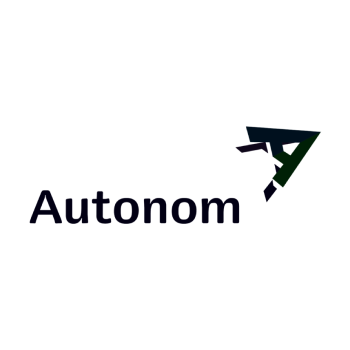What would it be like to experience a live audio performance, with trombone, conch shell, video projections and photo compositions at the same time, in a reinvented industrial hall?
This is what we propose you to do on July 25, at FABER, at the EAR X EYE arts event of the Austrian artist Werner Puntigam.
EAR X EYE arts encompasses a solo concert based on free improvisation on trombone and conch shell, combined with seven contemporary videos created by Puntigam (feat. Inés Pérez-Wilke), for which he recorded and edited digital soundtracks made from abstracted quotes from various works by Anton Bruckner.
Through this interdisciplinary event, musician and artist Werner Puntigam (
https://www.ear-x-eye.info) honors Anton Bruckner, who was known during his lifetime primarily as a virtuoso of organ improvisation, on the occasion of the bicentenary of the great composer.
The evening will open with the presentation of a nine-part photo installation, with image compositions focusing only on parts of the head of Bruckner's bust near the Brucknerhaus in Linz, its surface structures, lines and color variations.
The event will start on July 25, with the opening of the photo installation at 19:00, followed by the concert & audiovisual performance at 20:30. The exhibition can be visited until July 28, in Hall I in the FABER courtyard.
About the artist
Born in 1964 in Bad Radkersburg (Austria), Werner Puntigam is based in Linz, but annually spends several months of temporary artistic residencies in South-East Africa, East Asia and/or North America. He studied visual media design at the Linz University of Art.
He is an independent multidisciplinary artist in the fields of music (composition and improvisation / trombone, conch shell, soundscapes), visual arts (photography, video and graphic design) and interdisciplinary performances and audio-visual installations.
Event supported by the Austrian Cultural Forum.








